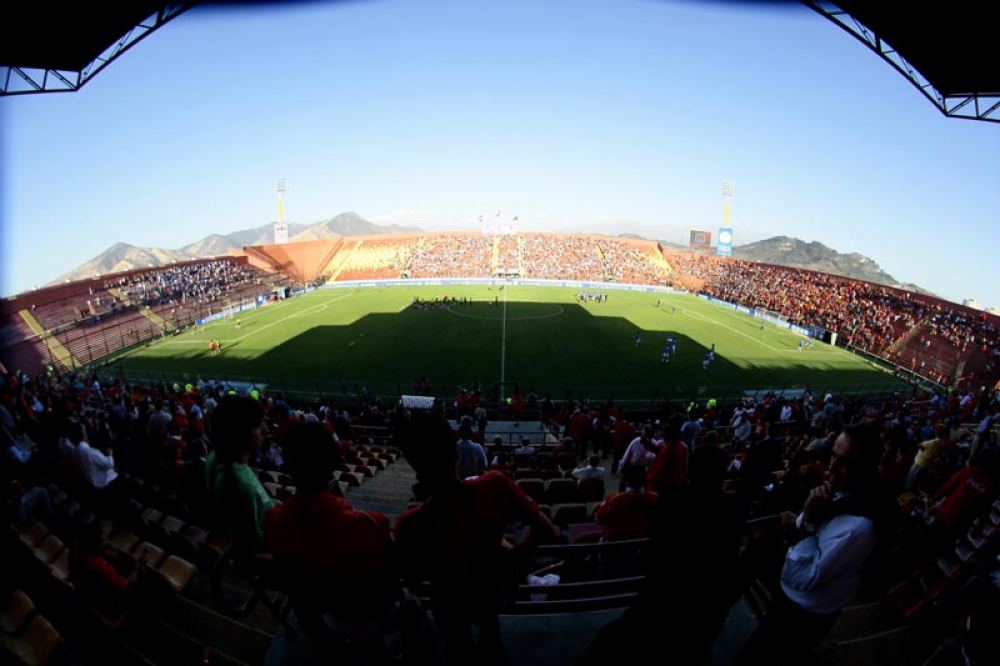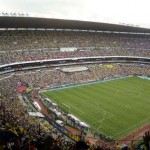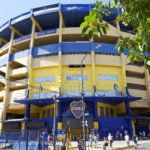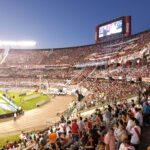The biggest stadiums in Chile
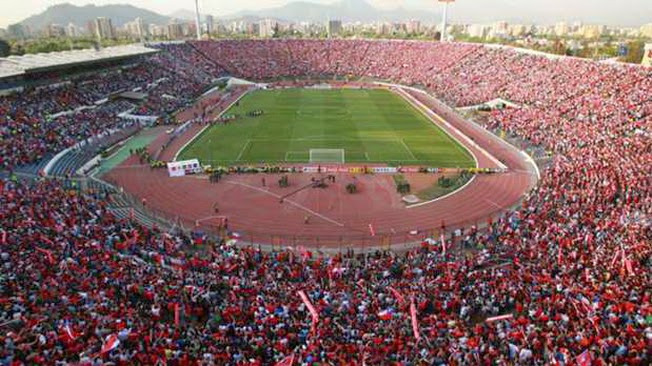
Last update 16 January, 2019 por Alberto Llopis
What are the biggest stadiums in Chile? In Colgados we've told you what the biggest coliseums were Argentina, Mexico, Colombia y España. That's why, In this article I want to tell you what five stages are the largest in Chile.
1-National Stadium in Chile (Universidad de Chile and Selection of Chile, Santiago de Chile, 48.800 spectators)
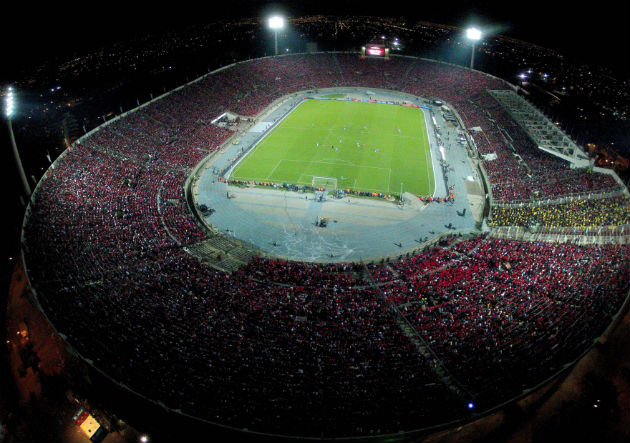
2-David Arellano Monumental Stadium (Colo-Colo, Santiago de Chile, 48.100 spectators)
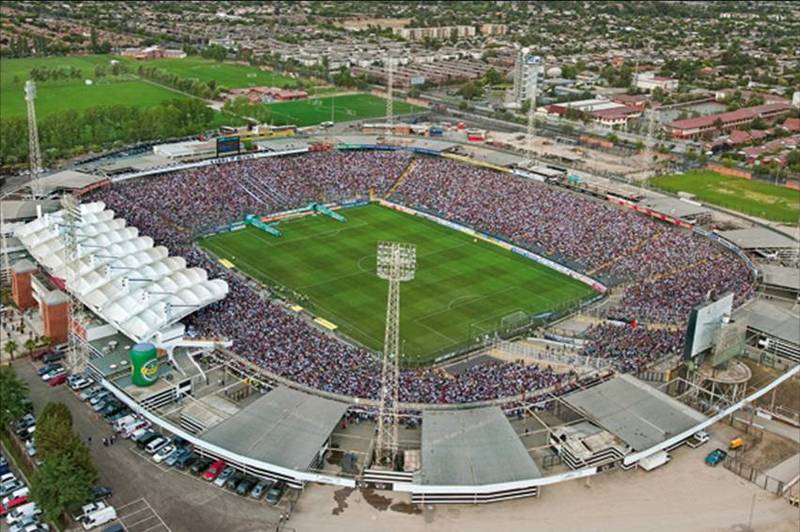
3-Estadio Municipal de Concepcion (Deportes Concepcion, Universidad de Concepción and Concepción Fernández Vial, Conception, 30.500 spectators)
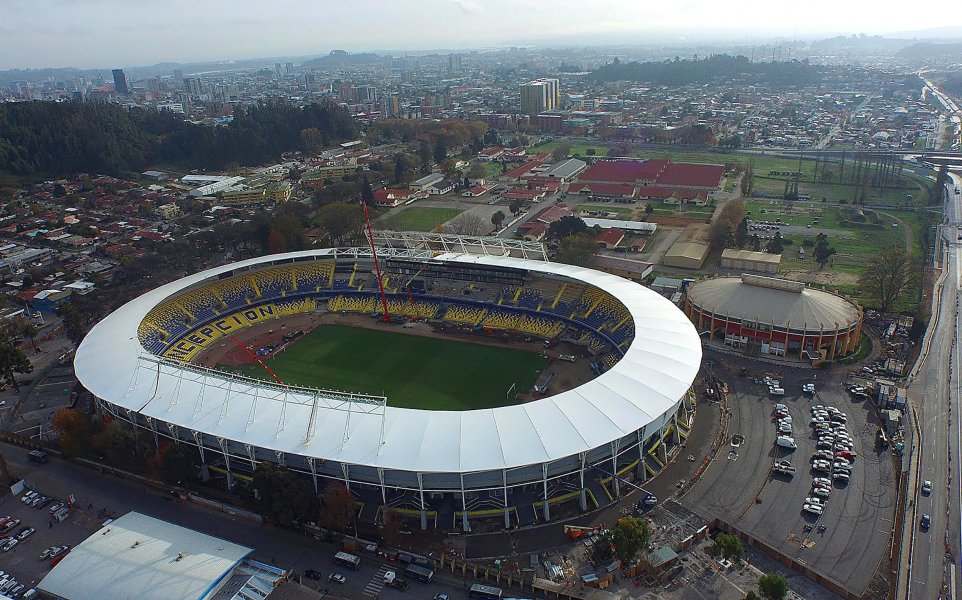
4-Sausalito stadium (Everton, Viña del Mar, 22.360 spectators)
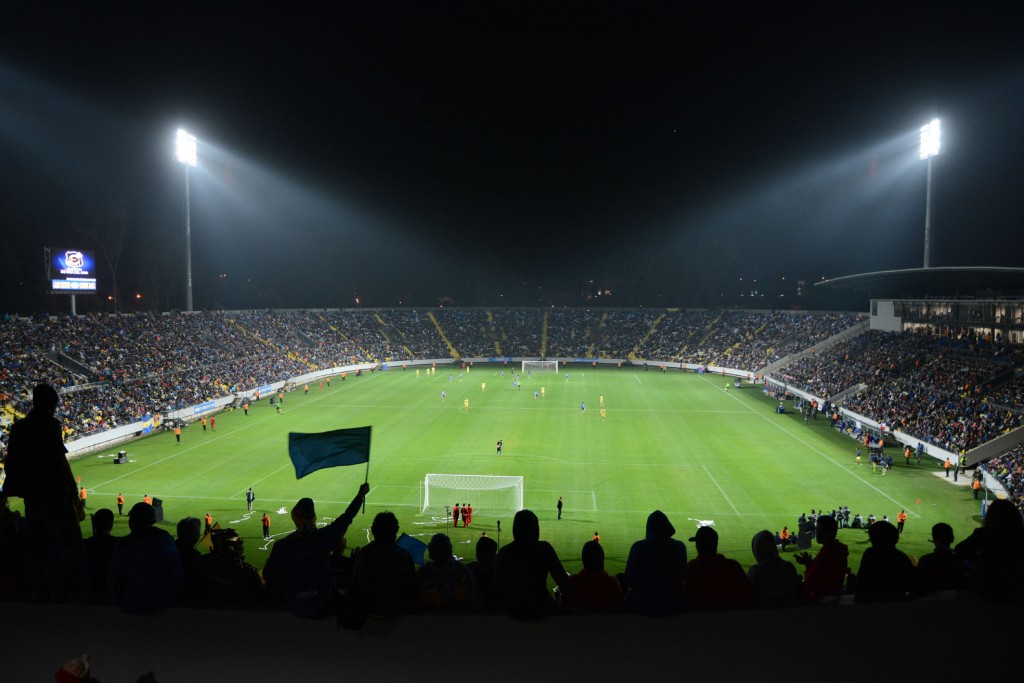
5-Santa Laura Stadium (Spanish Union, Santiago de Chile, 22.ooo viewers)
